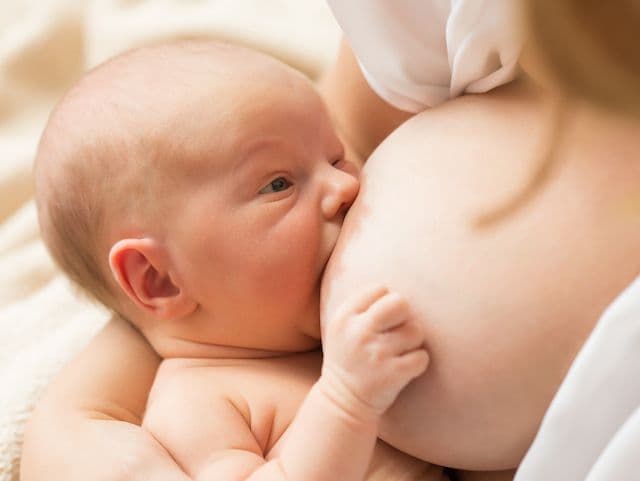42 Weeks Pregnant
Pregnancy Week by Week
Obie Editorial Team

Your baby, your body, your partner and the prenatal visit, plus tips for the 42nd week of pregnancy.
Your baby
Your baby is probably ready to exit the uterus, but living in the womb is so comfortable and alluring that labor has still not begun. By the 42nd week of gestation, the fetus probably weighs more than babies born on time. Weight gain is slower due to the sheer lack of room in the uterus, but your baby is gaining weight nonetheless. With every passing day, the chance of having a vaginal birth diminishes, especially if you have narrow hips. If the baby has not moved into the birth canal, a C-section may be the best option.
Your body
There is nothing worse than gearing up for the birth of the baby in the 40th week only to be forced to stay pregnant until week 42nd. The anticipation is probably far worse than the physical effect on the body by now. Stress and tension can actually affect labor, so pregnant women in the 42nd week should try to remain calm. Weight gain continues after the 40th week as does swelling. While the baby may have dropped to relieve pressure on the lungs, the growing uterus is slowly moving upward as the baby grows. At this point, you may be too tired and too stressed to do much more than rest.
At the prenatal visit
At this point in the game, especially towards the end of 42 weeks, if natural induction techniques have not worked, doctors will commonly admit the pregnant patient to the hospital for medical induction. Induction techniques can include placing a gel on the cervix to quicken the ripening process or dripping hormones through an IV to stimulate contractions. In some cases, labor never starts and the baby needs to be birthed by C-section. C-sections come with some risk factors and should be used only as a last resort.
Your partner
Week 42 marks the final week of pregnancy one way or the other. Typically, if natural induction techniques are not effective, medical induction will be ordered. Doctors will only allow a pregnancy to continue for a short while after the due date so rest assured baby will make an appearance very soon.
Tips for this week
Keep doing the natural induction techniques described in week 41. In addition, there is no harm in trying other natural induction techniques to help lure the baby from the womb. An enema should be used with caution, but some doctors believe there is a link between a good bowel movement and labor. When the body goes into labor naturally, diarrhea often occurs to flush out the digestive and intestinal systems before birth. If labor has not started, an enema may trick the body into thinking the time for labor has come.
Exercise is probably one of the most utilized and safe natural induction techniques. Exercise does not truly start labor, but it can nestle the baby further down in the birth canal. The additional pressure on the cervix may be enough to trigger brain chemicals to start labor.
Read More











